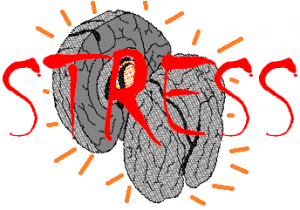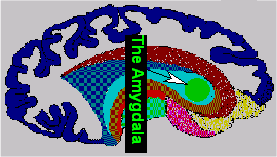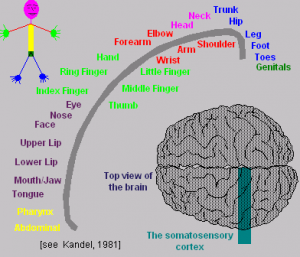06 Mar Correlation in Neuroeconomics

I find that driving when my body is tense, especially on slick roads or in poor visibility, is uncomfortable to the point of danger. Stress is a killer. I found, as a student, that relaxing at the piano just before going in to the test helped me perform better (on the test). I think many cognitive tasks, such as driving, taking tests and making music, involve more of my self than just my brain. I find that a well-tuned self is more capable of well-focused attention, enjoyment and overall success in living.
Neuroeconomics
Neuroeconomists study human decision making, especially the ability to correlate many complex contextual factors (like logical premises), process multiple alternatives, and arrive at a suitable conclusion or choose a new direction or course of action. Like weather patterns and microeconomics that operate in distributed systems of many influencers operating largely independently, cognition occurs in brains that consist of many distributed neurons, and groups of neurons, that operate largely independently. Understanding their behavior can shape our understanding of the brain. Neuroscientific discoveries may, in turn, provide useful insights into microeconomics and the weather tomorrow.
| Understanding Context Cross-Reference |
|---|
| Click on these Links to other posts and glossary/bibliography references |
|
|
|
| Prior Post | Next Post |
| Choosing an Ontology Framework | Asymmetrical Balance True Love and Chaos |
| Definitions | References |
| Neuroeconomics | Glimcher 2003 |
| correlation | Descartes – Passions of the Soul |
Correlation and Reflexes
As I have investigated the behavior of the distributed system of neurons in the brain, I have tried to look at a number of behaviors that may lead to clues that help me model successful decision making:
- Individual Component Behavior: What do neurons do independently and how can I imitate that in a system?
- Grouping Patterns: What structural evidences suggest that certain functions are always performed by a specific subset of individuals?
- Cooperative Behaviors: How do groups of individuals cooperate and what are their results?
- Correlation: How do individual and group phenomena come together to deliver successful outcomes?
The complexity of brain activity is so great that we can’t look at everything at once. We can focus on defined observable phenomena, for example muscle coordination and the contribution of the amygdala to decisions. These are just two of thousands of important phenomena, but they are useful reference points for today.
 René Descartes’ “The Passions of the Soul”, includes a study of human psychosomatic processes in which he describes possible balance between stimuli and reactions. He talks of the importance of passions and emotions independent of, and contributing to human reasoning. Passions find their root in the amygdala and I will continue to post on some of its fascinating contributions. For now, suffice it to say that humans rely heavily on passion in our reasoning and judgement, and that the group of neurons in the amygdaloid complex are contributing culprits and heroes of these behaviors.
René Descartes’ “The Passions of the Soul”, includes a study of human psychosomatic processes in which he describes possible balance between stimuli and reactions. He talks of the importance of passions and emotions independent of, and contributing to human reasoning. Passions find their root in the amygdala and I will continue to post on some of its fascinating contributions. For now, suffice it to say that humans rely heavily on passion in our reasoning and judgement, and that the group of neurons in the amygdaloid complex are contributing culprits and heroes of these behaviors.

Charles Scott Sherrington, in 1881, attended a medical congress in London at which he first encountered the experimental study of nerve functions. He later studied the spinal cord and in the 1890s developed theories about the natural cooperative motion of muscles and the way some muscles relax when others are tensed (Sherrington’s Second Law: Reciprocal Inhibition). Some combination of muscle memory, signals to muscles from the cerebellum and correlating signals from the somatosensory cortex. This picture shows how specific groups of neurons, consistently found in specific areas of the brain, coordinate signals to specific areas of the body. What ties Descartes and Sherrington together? They each provide perspective on how coordination of different specialized areas of the brain can work together to enable us to sort through ostensibly competing stimuli and ideas, and be able to respond very quickly to avoid obstacles make reliable decisions.
Christoph von der Malsburg did pioneering work in correlation theory. The amazing economy of cognition, deriving actionable value from chaotic distributed activity, requires powerful correlation mechanisms. As we progress in the modeling discussion, we’ll see how some of the concepts of ontology, Big Data and MapReduce Provide useful automated correlation models. Stress is an artifact of competing pressures in life that are mirrored in the brain impacting the body. Likewise, many brain and body activities, especially activities that cross hemispheres, can relieve stress and improve the tone of the entire body.
In another post, I think I’ll talk about attention and distraction, and how gating capabilities discussed recently contribute to the neuroeconomic model.
| Click below to look in each Understanding Context section |
|---|








